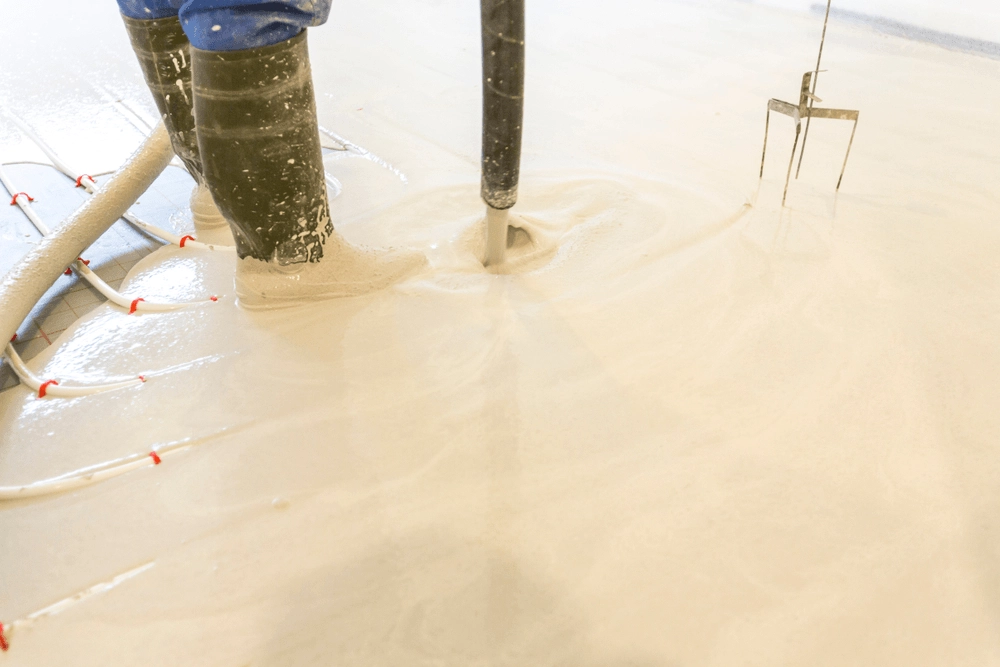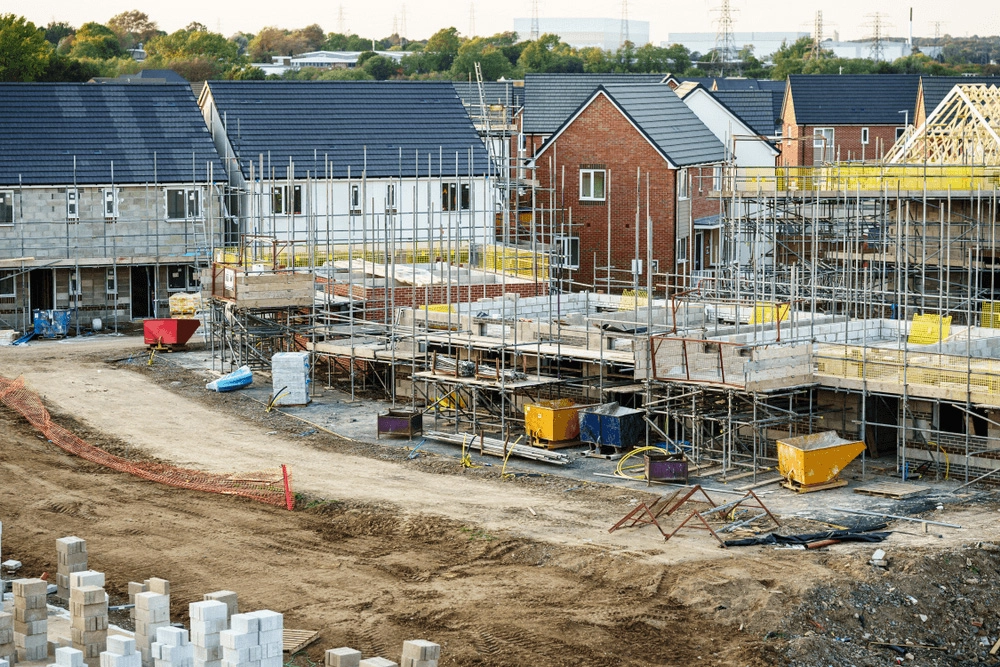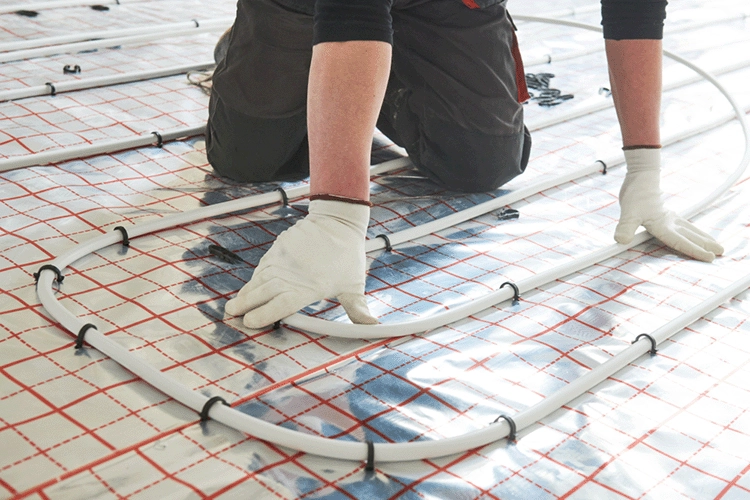Concrete and screed are two essential materials widely used in the construction industry. Although they share some common ingredients—cement, water, and aggregate—their roles and applications in construction are distinct. While concrete is primarily used for structural work, screed is often applied as a finishing layer to provide a smooth surface over a concrete subfloor. Understanding these differences is crucial for selecting the right material for specific construction tasks.
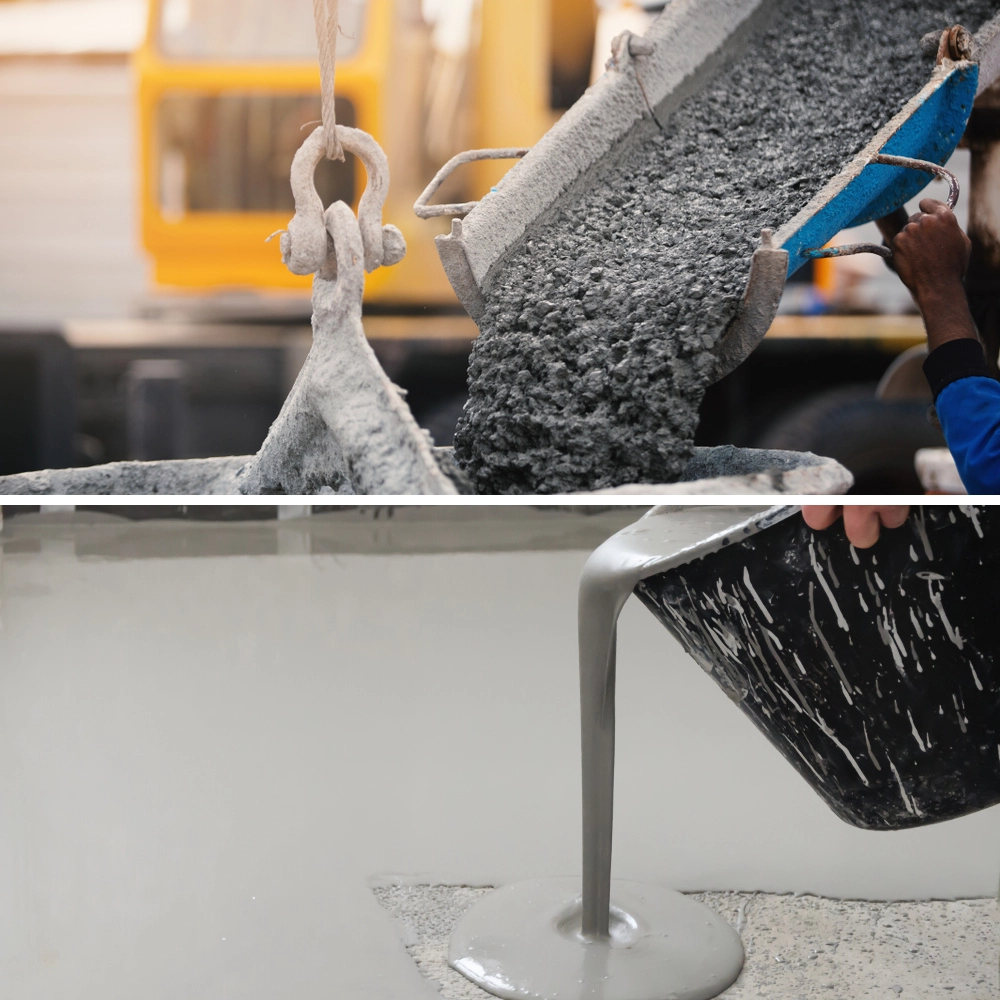
Composition: What Sets Screed and Concrete Apart?
At their core, both screed and concrete are composed of the same base materials: cement, water, and aggregates. However, the key difference lies in the type and size of the aggregate used.
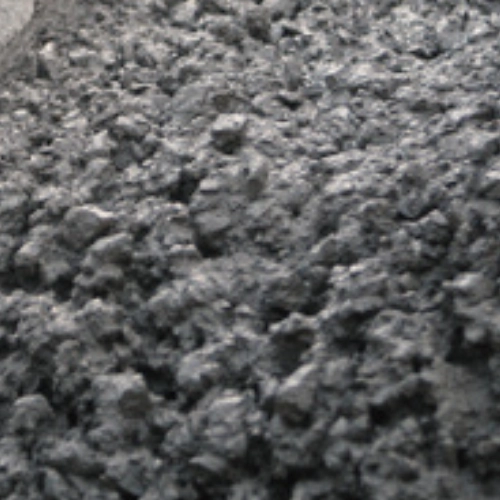
Concrete: Concrete typically incorporates coarse aggregates such as gravel, crushed stone, or rock fragments. These aggregates, usually no larger than 20mm, provide strength, durability, and robustness, making concrete ideal for heavy-duty structural applications. The coarser nature of the mix creates a tough, rugged surface that can withstand significant weight and pressure.
Screed: Screed, on the other hand, contains much finer aggregates. It generally consists of a mixture of sand and cement, with the sand being sharp and fine, and the maximum grain size often around 4mm. This results in a much smoother and more compact mixture, ideal for providing a level, polished finish to floors. Screed’s finer texture is specifically designed to create a top layer that is suitable for the application of floor coverings, such as tiles, wood, or carpets.
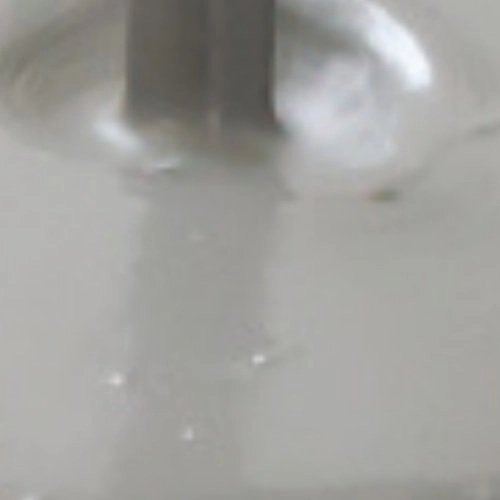
Physical and Visual Differences
Concrete: Concrete has a rough, uneven texture due to the larger aggregates embedded within it. Even to an untrained eye, the coarse gravel or stones are clearly visible in the mix. This makes concrete a poor choice for surface finishing in most internal spaces, though it excels in structural roles where durability is essential.
Screed: Screed, by contrast, has a far smoother appearance, closer to mortar in texture. The fine sand gives screed a uniform surface, making it ideal for interior floors where a high-quality finish is necessary. While screed still offers strength and durability, its main purpose is to create a smooth, level base for floor coverings or to provide a neat finish over a concrete base.
Thickness and Application
The thickness at which screed and concrete are laid plays a significant role in their functionality:
Concrete: Concrete is typically applied in thicker layers, particularly when it is being used for structural purposes. For domestic applications, a minimum thickness of 100mm is common, while for more heavy-duty uses, such as industrial flooring or foundations, this may increase to 200mm or more. Concrete needs to be thick enough to bear significant loads, ensuring long-term stability and resistance to cracking.
Screed: Screed is generally applied in thinner layers, ranging between 50mm and 100mm, depending on the type of screed and the requirements of the application. The thickness of screed is determined by factors like the expected foot traffic, the nature of the underlying surface, and whether additional layers or floor coverings will be added on top. For areas with underfloor heating systems, screed is particularly valuable, providing a smooth, heat-conductive surface.
Advantages of Concrete and Screed
Each material has its own unique benefits, suited to specific tasks within the construction process.
Concrete Advantages:
- High compressive strength: Concrete can withstand immense weight and pressure, making it ideal for structural applications.
- Durability: Its ability to resist weathering, wear, and environmental damage makes it a long-lasting solution.
- Versatility: Concrete can be molded into various forms and shapes, from foundations and walls to roads and driveways.
- Non-combustible properties: Concrete is fire-resistant, adding to its safety in construction projects.
- Cost-effective: Concrete is economical, especially when used for large-scale projects.
- Customizable: By adjusting the mix, concrete can be tailored to specific needs such as lighter weight or higher compressive strength.
Screed Advantages:
- Smooth, even finish: Screed offers a flat, bump-free surface that is ideal for installing flooring materials.
- Durability in high-traffic areas: Screed holds up well under footfall, ensuring the underlying floor remains protected.
- Insulating properties: Particularly useful in areas with underfloor heating, screed enhances the efficiency of heating systems.
- Strength: Screed can be reinforced with mesh to improve its load-bearing capabilities.
Common Applications
Concrete: Concrete is one of the most versatile materials in construction, valued for its strength and adaptability. It is frequently used for:
- Driveways and patios
- Foundations and structural walls
- Roads and bridges
- Floors in commercial and industrial buildings
- Precast concrete products like beams, slabs, and columns
Screed: While not used structurally, screed is vital for achieving a smooth, level surface in internal spaces. It is commonly used to:
- Create a flat base for floor coverings such as tiles, laminate, or hardwood.
- Prepare floors for underfloor heating, improving heat distribution and energy efficiency.
- Level uneven floors, particularly in renovations or extensions.
- Provide a durable, long-lasting top layer in residential or commercial settings.
Screed comes in three main forms:
- Bonded screed – directly applied to the concrete substrate for enhanced adhesion.
- Unbonded screed – separated from the underlying substrate by a membrane, useful in situations where movement is anticipated.
- Reinforced screed – includes mesh or fibers to increase strength, often used in areas with heavy foot traffic or where extra durability is required.
How Are Concrete and Screed Made?
Both concrete and screed are mixed using volumetric mixers, which allow for precise control over the ratios of materials used. This ensures that the mix can be adjusted to meet specific project requirements.
Concrete Mixes: For concrete, larger, coarser aggregates are combined with cement and water. The mixing process is carefully controlled to produce the right strength and workability depending on the application. Admixtures may be added to alter properties such as setting time, durability, or water resistance.
Screed Mixes: For screed, the focus is on fine aggregates like sharp sand, ensuring a smooth, even texture. The mix is typically more fluid than concrete, allowing it to be spread easily over a base layer of concrete to create a seamless surface.
Ensuring Quality in Concrete and Screed
High-quality concrete and screed should meet industry standards for safety, durability, and performance. Both materials can be certified under the British Standards Institution (BSI) to ensure they meet the necessary regulations. When purchasing concrete or screed, it’s important to choose a reputable, certified supplier to ensure consistent quality and reliable performance in your construction projects.
Conclusion
In summary, while both screed and concrete share similar ingredients, they differ significantly in composition, application, and physical properties. Concrete’s strength and durability make it an ideal choice for structural tasks, while screed’s smooth, fine texture makes it perfect for finishing floors. Understanding these differences is essential for selecting the right material to meet the needs of your specific construction project.
